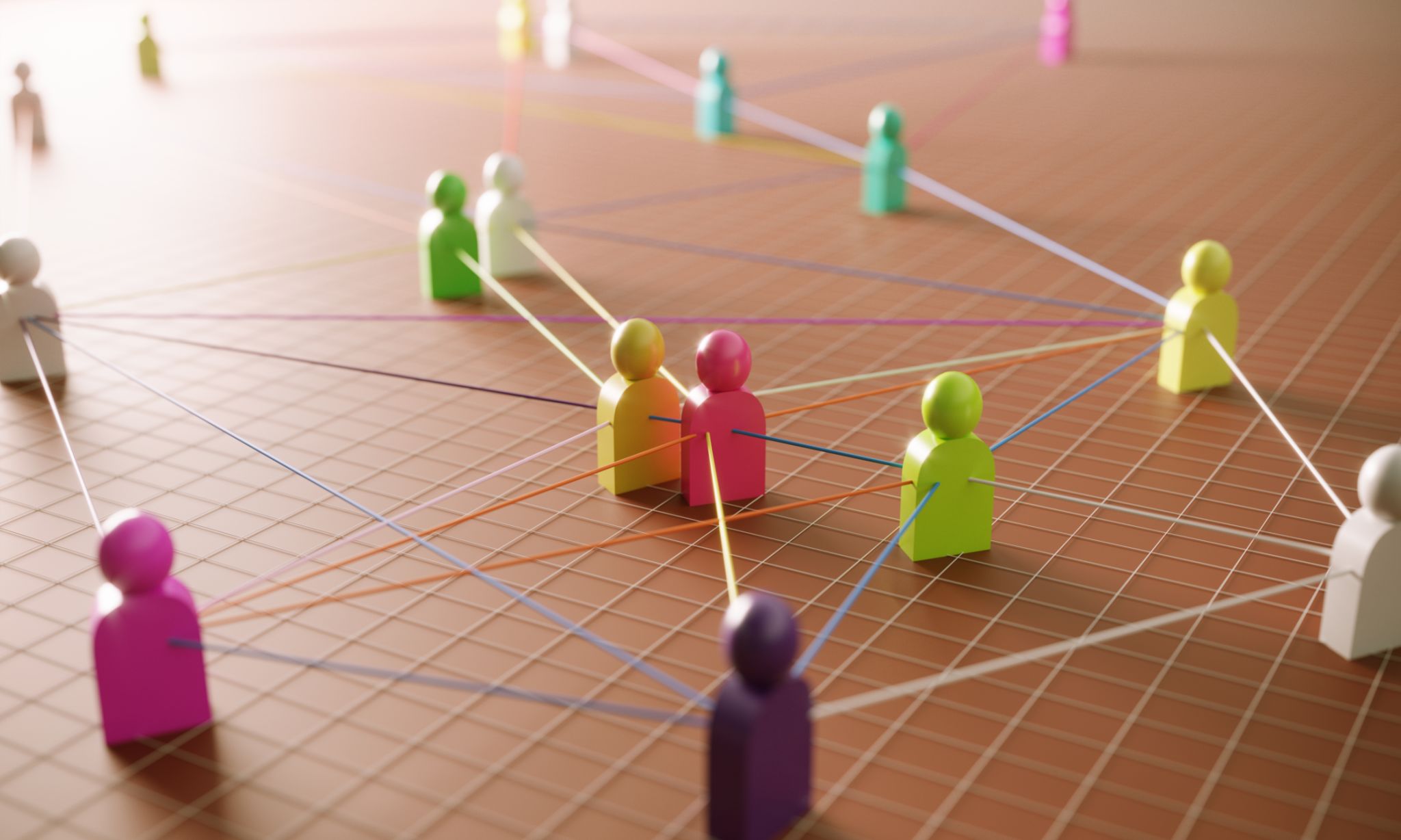Understanding Abusive Relationships: A Comprehensive Guide
What Defines an Abusive Relationship?
An abusive relationship is characterized by patterns of behavior used by one partner to maintain power and control over another partner in an intimate relationship. This abuse can take many forms, including physical, emotional, psychological, financial, and sexual abuse. Each type of abuse can have devastating effects on the victim, impacting their self-esteem, mental health, and overall well-being.
It's important to recognize that abusive relationships can occur in any demographic and are not limited by age, gender, race, or socioeconomic status. Understanding the signs and dynamics of such relationships is the first step toward prevention and recovery.

Signs of Abusive Relationships
Identifying the signs of an abusive relationship can be challenging, especially as many abusers are skilled at manipulation and control. Some common indicators include:
- Isolation from friends and family
- Excessive jealousy or possessiveness
- Frequent belittling or humiliation
- Lack of respect for boundaries
- Controlling finances or resources
These signs can manifest subtly at first but may escalate over time. It's crucial for individuals to trust their instincts and seek help if they feel something isn't right.
Types of Abuse
Abuse can take multiple forms, each with its own unique impact:
- Physical Abuse: Includes hitting, slapping, punching, or any form of physical harm.
- Emotional Abuse: Involves verbal assaults, threats, intimidation, or manipulation.
- Psychological Abuse: Encompasses tactics to instill fear, confusion, or insecurity.
- Financial Abuse: Occurs when one partner controls or limits the other's financial resources.
- Sexual Abuse: Any non-consensual sexual contact or behavior.

The Cycle of Abuse
The cycle of abuse is a critical concept for understanding how abusive relationships function. This cycle typically involves four stages: tension building, incident, reconciliation, and calm. During the tension-building phase, stress and strain begin to surface. The incident phase involves the actual abuse occurring. Reconciliation follows as the abuser apologizes or offers excuses. Finally, the calm phase brings temporary peace before the cycle begins again.
This cyclical nature can create a sense of entrapment for victims, making it difficult for them to leave the relationship. Understanding this cycle helps in recognizing patterns and seeking appropriate intervention.
Breaking Free from an Abusive Relationship
Leaving an abusive relationship is a complex and challenging process. It requires careful planning and support from trusted friends, family members, or professionals. Creating a safety plan is an essential step. This plan should include:
- An emergency contact list
- A safe place to go
- Important documents and essentials packed and ready
- A code word for alerting friends or family if necessary

Supporting Someone in an Abusive Relationship
If you suspect that someone you know is in an abusive relationship, it's important to offer support without judgment. Listen to them, validate their feelings, and encourage them to seek professional help. Avoid pressuring them to leave before they are ready; instead, offer resources and help them explore their options safely.
Your support can make a significant difference in their journey towards safety and recovery. Remember that professional resources such as hotlines and counseling services are invaluable for both victims and those supporting them.
Conclusion: Path to Healing
Recovery from an abusive relationship is a gradual process that involves rebuilding one's sense of self-worth and trust in others. Therapy and support groups can provide a safe space for healing and growth. It's essential to remember that leaving an abusive relationship is a courageous step towards a healthier future.
Understanding the dynamics of abusive relationships empowers individuals to make informed decisions about their own lives and the well-being of those around them. By spreading awareness and support, we can work towards breaking the cycle of abuse and fostering environments where everyone feels safe and respected.